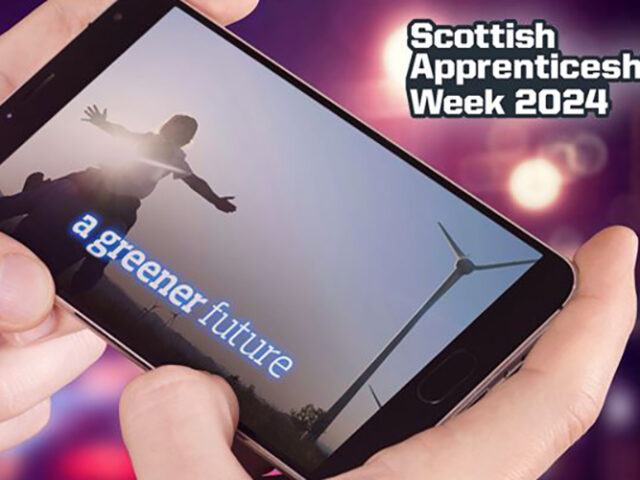AI stands at the forefront of technological advancement, promising to revolutionise numerous sectors, including education. As we traverse the digital age, AI emerges not merely as a tool for automation and efficiency but as a beacon of inclusivity, offering unprecedented opportunities to tailor educational experiences to the diverse needs of students. This article delves into the myriad ways AI can drive inclusivity in education, ensuring that every student, regardless of their background or abilities, has access to quality learning experiences.
Bridging the accessibility gap
One of the paramount challenges in education is the accessibility gap, which often leaves students with disabilities at a disadvantage. AI technologies, however, are paving the way for a more inclusive educational environment. Text-to-speech and speech-to-text functionalities, for example, have been game-changers for students with visual impairments or dyslexia, allowing them to engage with educational content more effectively. Furthermore, AI-driven assistive devices and applications can now adapt to the unique learning needs of students, providing personalised assistance that enhances their educational experience.
Cultivating an adaptive learning environment
AI’s ability to analyse vast amounts of data in real-time has led to the development of adaptive learning platforms. These systems assess individual student performance, learning habits, and preferences to tailor the educational content accordingly. By adapting to each student’s learning pace and style, AI fosters a more inclusive classroom where every student can thrive. This personalised approach not only improves engagement and understanding but also boosts confidence among learners who may struggle in a traditional one-size-fits-all educational model.
Language learning and global accessibility
Language barriers often impede students from non-English speaking backgrounds, limiting their access to quality education. AI-powered language learning tools and real-time translation services are breaking down these barriers, offering students the opportunity to learn in their native language or access educational materials from across the globe. This not only promotes inclusivity but also enriches the learning experience by exposing students to diverse perspectives and cultures.
Enhancing emotional and social learning
Inclusivity extends beyond academic learning to encompass emotional and social aspects. AI technologies are being developed to recognise and respond to human emotions, providing educators with insights into students’ emotional well-being. This can be particularly beneficial for students who might find social interactions challenging, such as those on the autism spectrum. AI-driven programs can offer personalised exercises to develop empathy, recognise emotions, and practise social interactions in a supportive environment, promoting inclusivity at a social and emotional level.
Overcoming socio-economic barriers
Socio-economic status should not determine a student’s access to quality education. AI has the potential to democratise education by providing high-quality, personalised learning experiences at a fraction of the cost. Online AI tutors, for example, can offer round-the-clock assistance, bridging the gap for students who may not have access to private tutoring. Moreover, AI-driven platforms can connect students from different socio-economic backgrounds, fostering a sense of community and mutual understanding among diverse groups.
On the matter, and in the notion of International Women’s Day, Esther Yoon, Vice President of Product and Industry Marketing at RingCentral, adds: “In our quest to build more inclusive and empowering tech environments, the role of AI in enhancing communication can’t be overstated. It’s about harnessing AI’s capabilities to access dynamic tools like AI playbooks, conversation intelligence, and summaries, which provide clear, actionable insights for our teams. These tools are far more than just features; they’re critical components to a strategy designed to amplify every team member’s voice, equally recognising the women who are pivotal to our success.
“Imagine the impact of AI-powered highlights and call scoring. It’s akin to having an analytical partner that helps spotlight the moments where our team shines, offering a clear view of success and areas for growth. This level of insight is invaluable, especially for recognising and celebrating the contributions of women on our teams, ensuring their efforts are acknowledged and serve as inspiration for all.
“AI coaching takes this a step further, offering a personalised mentorship experience that’s both immediate and data-driven. It’s about providing real-time guidance and feedback that’s specifically tailored to each individual’s needs and goals. For many women in tech, this could be a transformative support system, equipping them with the knowledge and confidence to navigate their careers in tech with assurance and ambition.
“By integrating these AI-driven communication tools into our daily workflows, we’re not just upgrading our tech stack; we’re reaffirming our dedication to fostering a workplace where the talents of women are not only recognised but are fundamental to our collective success. As we look ahead, our goal is to leverage AI to enrich our work culture, ensuring it’s one where every individual, especially women, has the opportunity to excel and lead.”




